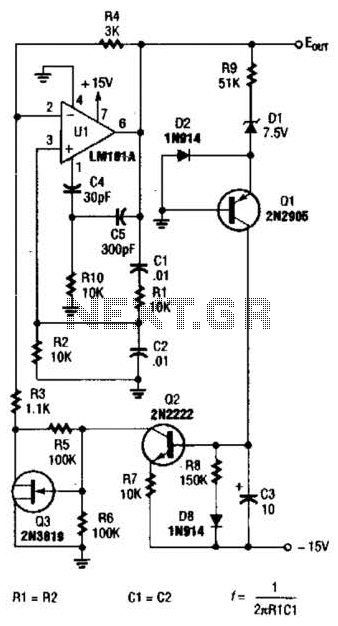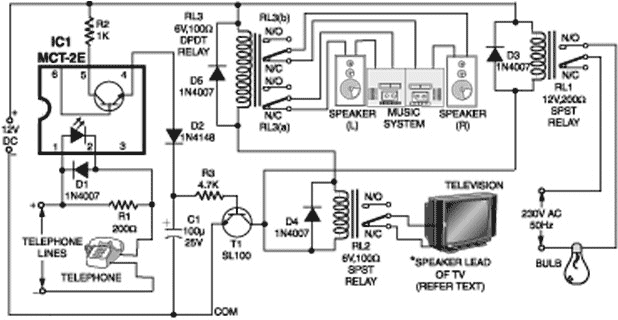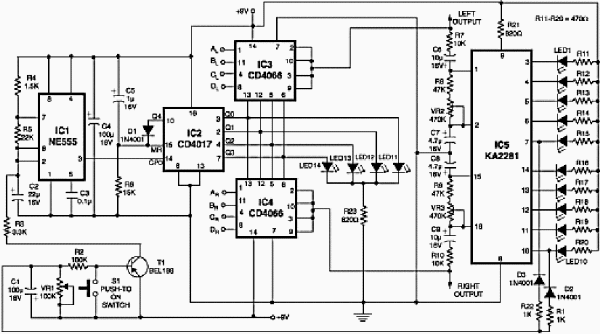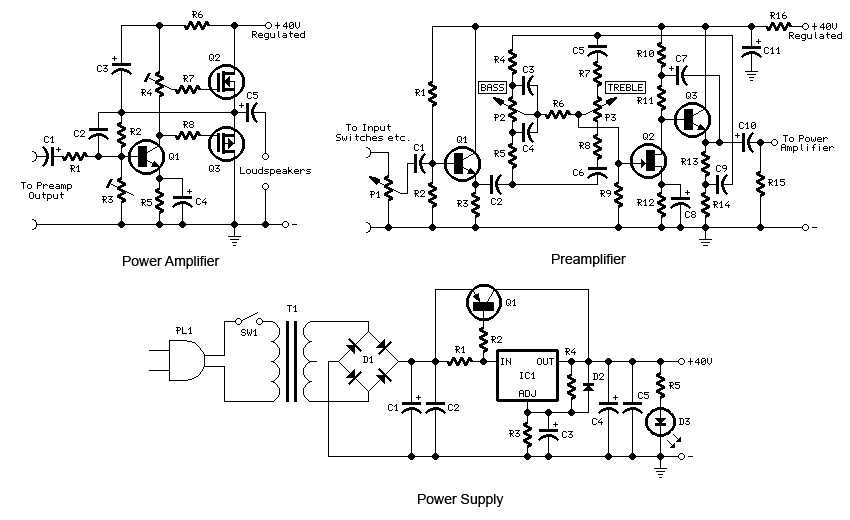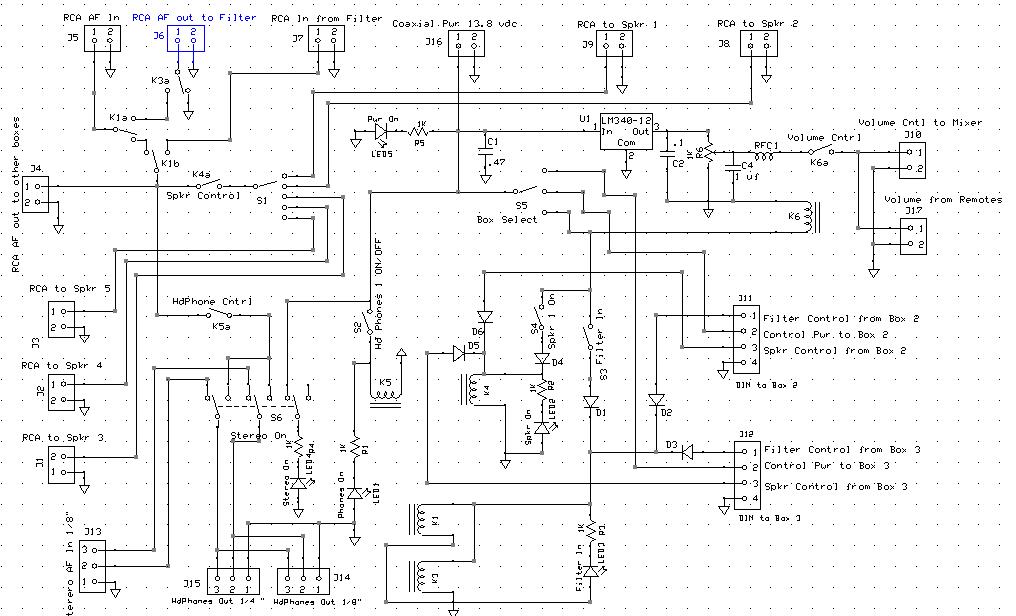
Audio Amplifiers 8
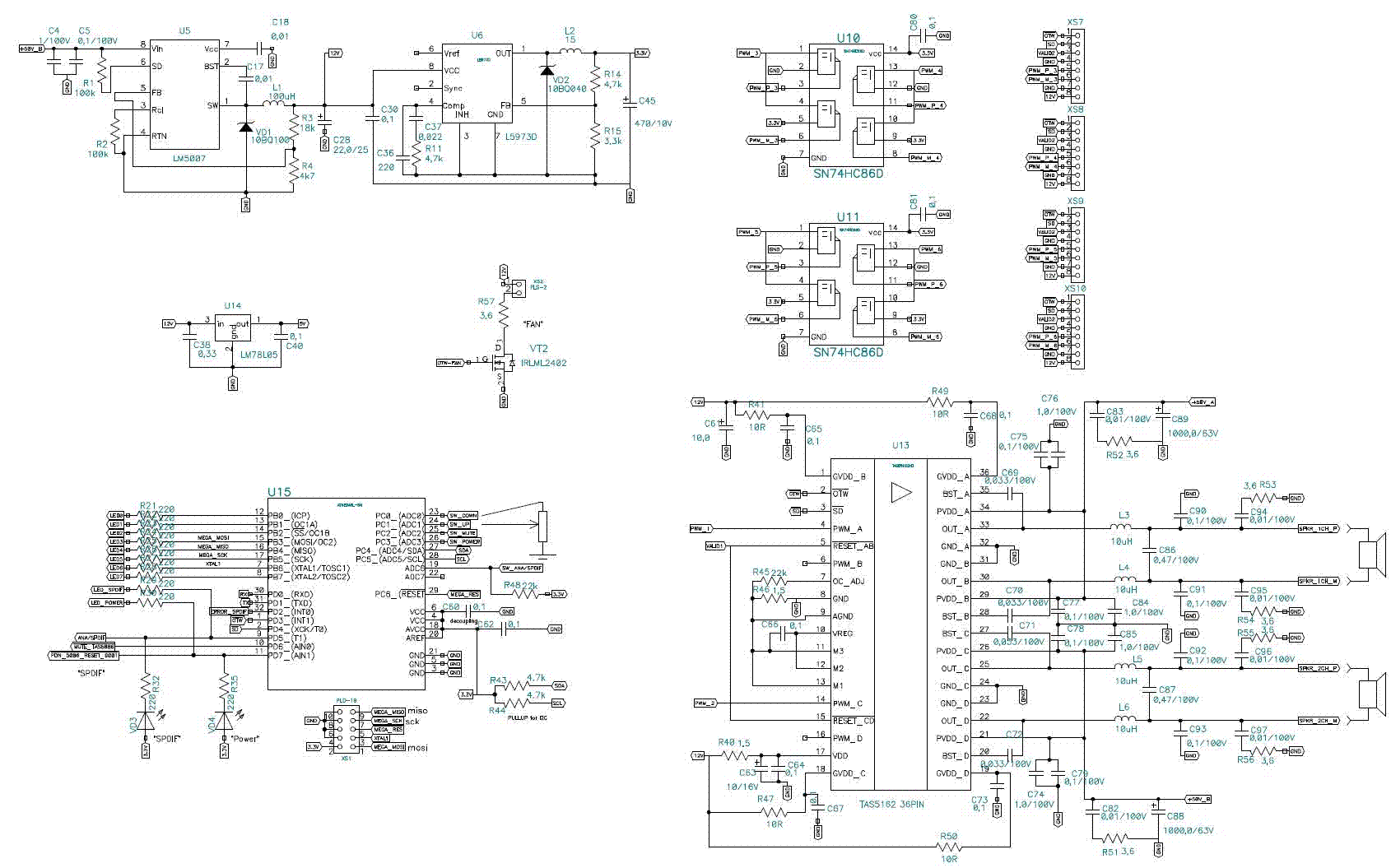
A year ago, a Class-D amplifier was designed based on the TAS5162, PCM1808, and TAS5086. Over the past year, several hundred samples were produced for sale to radio amateurs. Most devices function correctly without issues reported by consumers. However, some instances do not operate as intended. Users have reported failures in the amplifier after prolonged use (over 30 minutes). Initially, the TAS5162 overheats and enters protection mode, subsequently shorting the power supply (PVDD) to ground (GND_x). This results in smoke and damage to the chip. Additionally, increasing the supply voltage beyond 37V (with a load resistor of 4 Ohms) causes modulation of the output signal, leading to noise and triggering primary protection (OCP). Users also experience a clicking sound when connecting or disconnecting the input from the PCM1808, causing the sound to disappear. No reset or hardware enable/disable (via PDN or RST pins) of the TAS5086 restores normal operation; only power cycling resolves the issue. Similar problems have been observed in another amplifier based on the TAS5504. When the SD pin is set low by the TAS5162, the microcontroller (U15) puts the TAS5086 into PDN mode. If the SD pin returns to a high state, U15 restarts the TAS5086 to operating conditions. Recent testing aimed to replicate the device's abnormal functioning, leading to the TAS5162 entering protection mode or failing. Based on a post stating that the low-pass filter is critical for chip operation, a CDRH127/LD-100NC was used in channel 1, while self-made coil inductors were used in channel 2 to observe their effects. As the input signal level increased, the sine wave output began to clip at the supply voltage, resulting in a square wave. However, at a certain point, it exhibited modulation at approximately 50 kHz, resembling autogeneration. The output voltage also dropped to subzero levels, reaching -20V. It is acknowledged that the CDRH127 may not be sufficiently powerful for the TAS5162 with a 4 Ohm load (PVDD <= 38.5V). The impact of the inductor was questioned, especially in a tested circuit with no load impedance. The SLYT198 TI document indicates that designers focused on heat and power-supply constraints might use a Class-D amplifier without a filter to reduce costs. However, it appears that the amplifier is sensitive to the presence and quality of the filter. There are concerns that the grounding for the TAS5162 might have excessive parasitic inductance between input and output grounds. Moreover, decoupling capacitors for the PVDD pins should be placed no more than 2mm from their pins, with a preference for 1mm. For PCB updates, it is recommended to refer to the TAS5162DKD6EVM User's Guide (SLAU223) for layout suggestions, avoiding routing PCB traces under the device, especially on the top layer. A recommendation for an output inductor vendor is being sought; a general guideline is that the inductor should provide at least 5 µH of inductance at twice the overcurrent limit of the device. The starting value is 10 µH, which may decrease due to saturation and temperature effects. In this case, with a 22K overcurrent resistor, the overcurrent limit should be approximately 12 Amps, necessitating an inductor capable of at least 5 µH at 24 Amps. The cited paper on output filters does not apply to high-power Class D stages like this one. Class D amplifiers with LC output filters should not be tested without a load, as this can cause the filter to oscillate and create an overvoltage condition. Although oscilloscope traces were taken at the output of the filter, similar waveforms are likely present at the output pins of the TAS5162. The absolute maximum voltage for this device is -0.3V to 71V.
The Class-D amplifier design incorporates the TAS5162, PCM1808, and TAS5086, which are critical components for achieving high efficiency and sound quality. The TAS5162 serves as the main amplifier, while the PCM1808 functions as the analog-to-digital converter (ADC) for input signal processing. The TAS5086 is used for digital signal processing and managing power states, including entering protection modes under fault conditions.
The issues reported by users highlight potential thermal management challenges and the importance of proper circuit design to prevent overheating of the TAS5162. The protection mode activation indicates that the amplifier is designed to safeguard itself against excessive current or thermal stress. The design must ensure adequate heat dissipation, possibly through heat sinks or PCB thermal management techniques.
The modulation of the output signal when the supply voltage exceeds specified limits suggests that the amplifier's output stage may be experiencing clipping or distortion, which can lead to undesirable audio performance. The implementation of a well-designed low-pass filter is critical for maintaining signal integrity and preventing high-frequency noise from affecting the audio output.
Further investigation into the grounding scheme is warranted, as excessive parasitic inductance can adversely affect the performance of the amplifier. Grounding should be optimized to minimize inductance and ensure stable operation. Additionally, the placement of decoupling capacitors is vital to maintain voltage stability at the power pins, which can significantly influence the performance and reliability of the amplifier.
The selection of inductors for the output stage must consider the current handling capabilities and inductance values to avoid saturation under load conditions. Following the guidelines for output filter design and ensuring proper loading conditions during testing will contribute to the overall stability and performance of the Class-D amplifier.a year ago I designed a class-D amplifier based on the TAS5162, pcm1808 and TAS5086. During the year, was made a few hundred samples intended to be sold to radio amateurs. Most devices are functioning properly and not cause any complaints from consumers. But some instances do not work properly. in some cases, users complain about the failure of these chips in the long run the amplifier (more than 30min). First TAS5162 overheats and goes into protection mode, and then closes the power PVDD to GND, GND_x. Then comes the smoke and body chip breaks. 4. Why increase the supply voltage over 37V (Rl = 4Ohm - resistor) causes modulation of the output signal from the noise This triggered a primary protection OCP Sometimes there is a click when connecting / disconnecting the input from pcm1808. Then the sound just disappears. No reset or hardware enable / disable (pins PDN, RST) TAS5086 does not return it to normal operation.
Only after the power cycling circuit begins to operate normally. The same problem sometimes happens in my other amplifier on the basis of TAS5504 b) WhenSD isset low by TAS5162, microcontroller U15 sets TAS5086 to PDN mode. If SD returns to normal state (high), U15 restarts TAS5086 to operating conditions. 6. Last week I tried to course abnormal functioning of the device, then TAS5162 goes to protection state or fails.
Following your post «The low pass filter is critical to the operation of the chip » I used CDRH127/LD-100NC in channel no. 1, and self-made coil inductors in channel no. 2, so I could observe their influence. During the increase of input signal level, the sine signal on the exit begins to be limited by supply voltage and gets a square form.
BUT! At the certain moment it`s modulated with about 50kHz sine. It looks like autogeneration As we can see in the picture, the output voltage accepts also the subzero values up to -20V. I understand, that CDRH127 is not powerful enough for TAS5162 with load impedance 4Ohm (PVDD<=38, 5). But how does the inductor influence, if in tested circuit we have no load impedance I read SLYT198 TI document (see attach.
). There is posted, that The designer who is primarily concerned with maximum heat and power-supply constraints and is not concerned with EMI and cuiescent current could use the Class-D amplifier without a filter to save cost . But actually it appears that the amplifier is very choosy to filter presence, and even more to its quality.
Thank you for sharing your Gerber files. I am concerned that the grounding for the TAS5162 may contain too much parasitic inductance between the input ground and the output grounds. Also, the decoupling capacitors for the PVDD pins should be placed no more than 2mm from their pins and 1mm is preferred.
If you update your PCB, please refer to the TAS5162DKD6EVM User`s Guide (SLAU223) for PCB layout suggestions. I would not advise routing PCB traces under the device, particularly in the top layer. I am working on getting a recommendation for an output inductor vendor;however, a good "rule of thumb" is that the inductor should deliver at least 5uH of inductance at twice the overcurrent limit of the device.
The starting value is 10uH and its value can sag due to saturation and temperature effects. In your case, with a 22K over current resistor, your over current limit should be ~12 Amps, so your inductor should be capable of at least 5uH of inductance at 24 Amps. The paper you cited on output filters does not apply to a high power Class D power stage like this one.
Class D amplifiers with LC output filters should not be tested without a load. Without a load, the filter will begin to oscillate and cause an over voltage condition. I understand that your oscilloscope traces were taken at the output of the filter; however, you will probably find similar waveforms at the output pins of the TAS5162. The Absolute Maximum Voltage for this device is -0. 3V to 71V and in your te 🔗 External reference
The Class-D amplifier design incorporates the TAS5162, PCM1808, and TAS5086, which are critical components for achieving high efficiency and sound quality. The TAS5162 serves as the main amplifier, while the PCM1808 functions as the analog-to-digital converter (ADC) for input signal processing. The TAS5086 is used for digital signal processing and managing power states, including entering protection modes under fault conditions.
The issues reported by users highlight potential thermal management challenges and the importance of proper circuit design to prevent overheating of the TAS5162. The protection mode activation indicates that the amplifier is designed to safeguard itself against excessive current or thermal stress. The design must ensure adequate heat dissipation, possibly through heat sinks or PCB thermal management techniques.
The modulation of the output signal when the supply voltage exceeds specified limits suggests that the amplifier's output stage may be experiencing clipping or distortion, which can lead to undesirable audio performance. The implementation of a well-designed low-pass filter is critical for maintaining signal integrity and preventing high-frequency noise from affecting the audio output.
Further investigation into the grounding scheme is warranted, as excessive parasitic inductance can adversely affect the performance of the amplifier. Grounding should be optimized to minimize inductance and ensure stable operation. Additionally, the placement of decoupling capacitors is vital to maintain voltage stability at the power pins, which can significantly influence the performance and reliability of the amplifier.
The selection of inductors for the output stage must consider the current handling capabilities and inductance values to avoid saturation under load conditions. Following the guidelines for output filter design and ensuring proper loading conditions during testing will contribute to the overall stability and performance of the Class-D amplifier.a year ago I designed a class-D amplifier based on the TAS5162, pcm1808 and TAS5086. During the year, was made a few hundred samples intended to be sold to radio amateurs. Most devices are functioning properly and not cause any complaints from consumers. But some instances do not work properly. in some cases, users complain about the failure of these chips in the long run the amplifier (more than 30min). First TAS5162 overheats and goes into protection mode, and then closes the power PVDD to GND, GND_x. Then comes the smoke and body chip breaks. 4. Why increase the supply voltage over 37V (Rl = 4Ohm - resistor) causes modulation of the output signal from the noise This triggered a primary protection OCP Sometimes there is a click when connecting / disconnecting the input from pcm1808. Then the sound just disappears. No reset or hardware enable / disable (pins PDN, RST) TAS5086 does not return it to normal operation.
Only after the power cycling circuit begins to operate normally. The same problem sometimes happens in my other amplifier on the basis of TAS5504 b) WhenSD isset low by TAS5162, microcontroller U15 sets TAS5086 to PDN mode. If SD returns to normal state (high), U15 restarts TAS5086 to operating conditions. 6. Last week I tried to course abnormal functioning of the device, then TAS5162 goes to protection state or fails.
Following your post «The low pass filter is critical to the operation of the chip » I used CDRH127/LD-100NC in channel no. 1, and self-made coil inductors in channel no. 2, so I could observe their influence. During the increase of input signal level, the sine signal on the exit begins to be limited by supply voltage and gets a square form.
BUT! At the certain moment it`s modulated with about 50kHz sine. It looks like autogeneration As we can see in the picture, the output voltage accepts also the subzero values up to -20V. I understand, that CDRH127 is not powerful enough for TAS5162 with load impedance 4Ohm (PVDD<=38, 5). But how does the inductor influence, if in tested circuit we have no load impedance I read SLYT198 TI document (see attach.
). There is posted, that The designer who is primarily concerned with maximum heat and power-supply constraints and is not concerned with EMI and cuiescent current could use the Class-D amplifier without a filter to save cost . But actually it appears that the amplifier is very choosy to filter presence, and even more to its quality.
Thank you for sharing your Gerber files. I am concerned that the grounding for the TAS5162 may contain too much parasitic inductance between the input ground and the output grounds. Also, the decoupling capacitors for the PVDD pins should be placed no more than 2mm from their pins and 1mm is preferred.
If you update your PCB, please refer to the TAS5162DKD6EVM User`s Guide (SLAU223) for PCB layout suggestions. I would not advise routing PCB traces under the device, particularly in the top layer. I am working on getting a recommendation for an output inductor vendor;however, a good "rule of thumb" is that the inductor should deliver at least 5uH of inductance at twice the overcurrent limit of the device.
The starting value is 10uH and its value can sag due to saturation and temperature effects. In your case, with a 22K over current resistor, your over current limit should be ~12 Amps, so your inductor should be capable of at least 5uH of inductance at 24 Amps. The paper you cited on output filters does not apply to a high power Class D power stage like this one.
Class D amplifiers with LC output filters should not be tested without a load. Without a load, the filter will begin to oscillate and cause an over voltage condition. I understand that your oscilloscope traces were taken at the output of the filter; however, you will probably find similar waveforms at the output pins of the TAS5162. The Absolute Maximum Voltage for this device is -0. 3V to 71V and in your te 🔗 External reference
